Birkenhead - Page 2
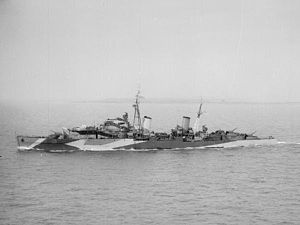 |
DIDO-Class cruiser Charybdis ordered from Cammell Laird at Birkenhead on 28th August 1938 under the 1938 Build Programme. The ship was laid down on 9th November 1938 and launched on 17th September 1940 as the fifth RN warship to carry this name, dating from 1809. It had last been used by a cruiser sold in 1922. Her completion was delayed until 3rd December 1941 due to the higher priority given to delivery of Escort Destroyers after the heavy losses of this type of warship during 1940. A reduced armament of four twin 4.5in guns was fitted in this cruiser and her sister ship HMS SCYLLA instead of the designed five twin 5.25in mountings. After a successful WARSHIP WEEK National Savings campaign during March 1942 she was adopted by the civil community of Birkenhead, Cheshire now in the Metropolitan Borough of Wirral, Merseyside. Of course many many warships were built in Birkenhead before during and after WW2, such as a ship I have done a large amount of work on. HMS KITE |
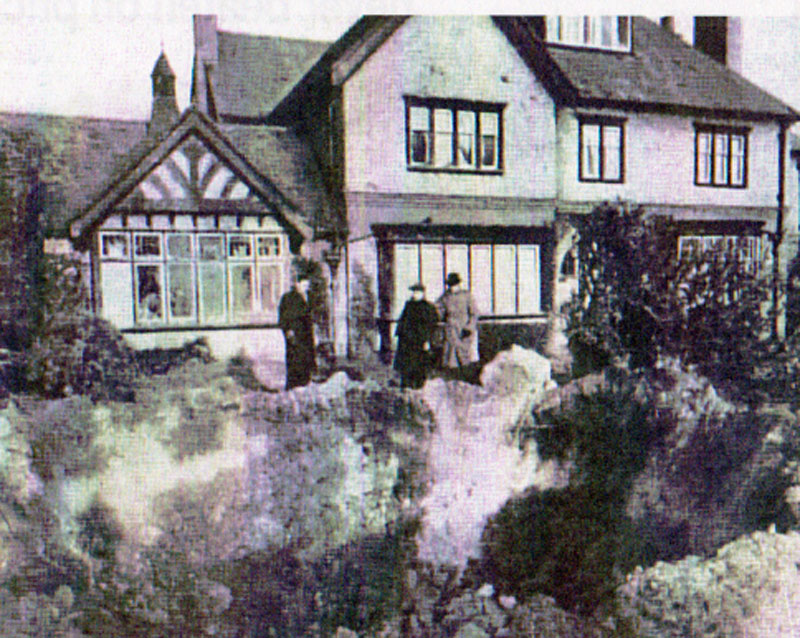 1940 bomb in Prenton, remarkably little damage to the house! |
|
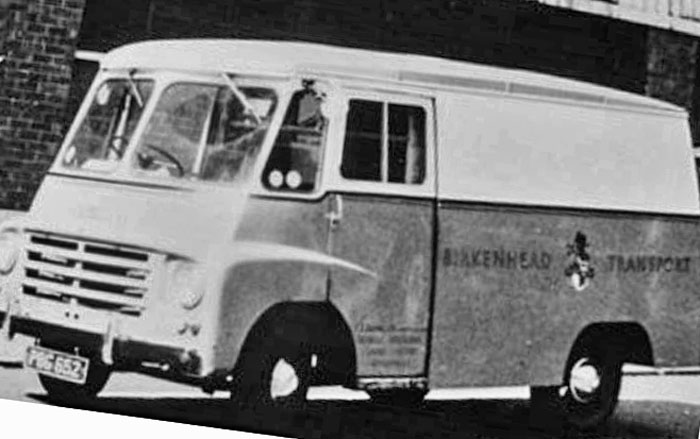 Bhead Transport Van Image: Terry O'Shea |
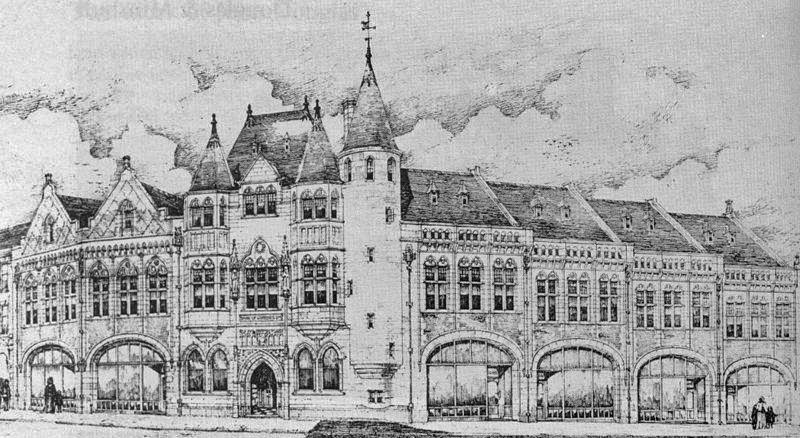 Sketch of the former bank building on Charing Cross 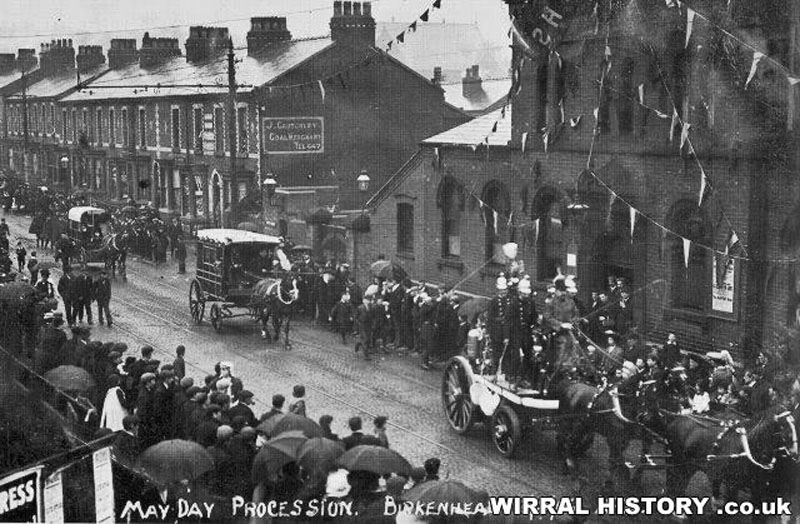 Argyle Street |
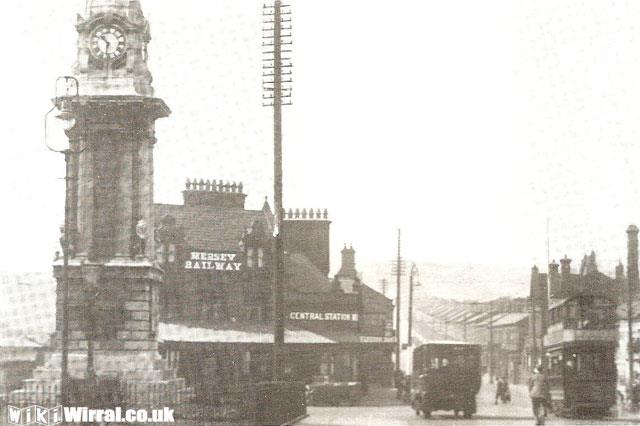 |
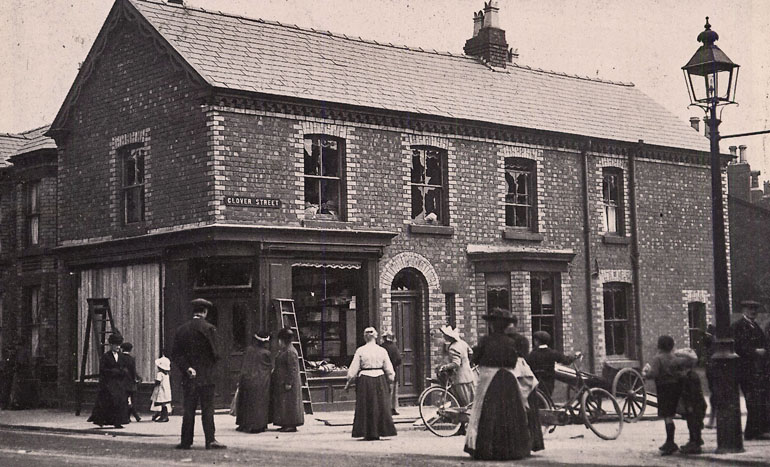 I believe that this shop was attacked by a mob, note smashed windows, in the mistaken belief that it was a shop owned by a German; this image would be 1914. An example of public hysteria! |
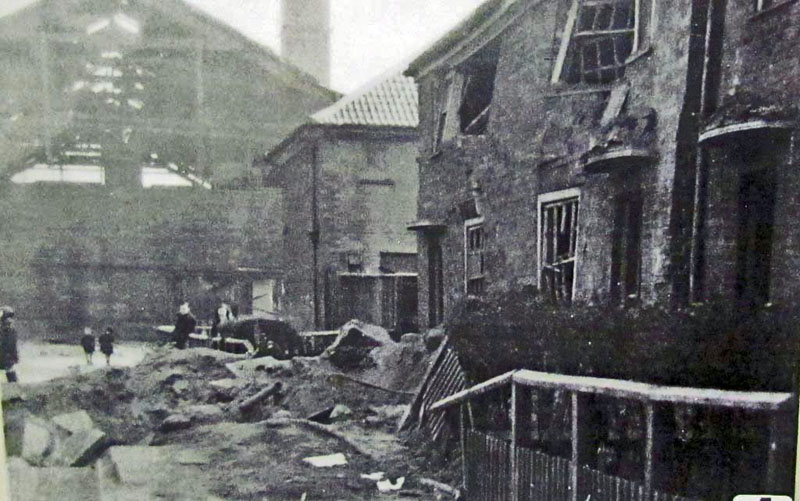 Birkenhead Severn Street bomb damage |
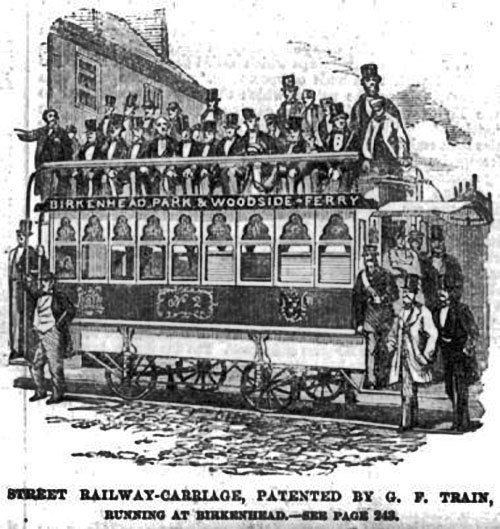 |
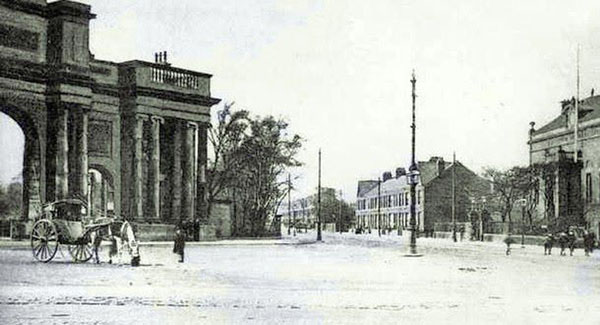 Birkenhead Park Entrance |
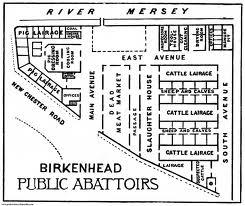 |
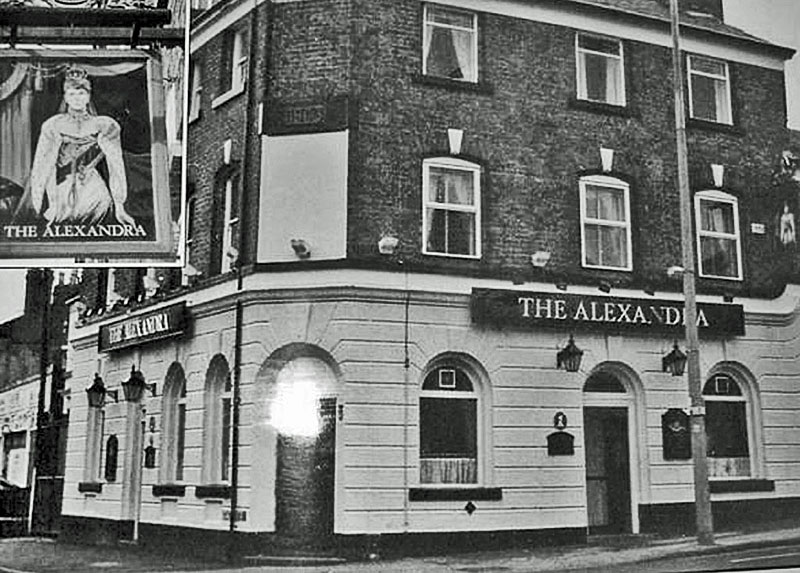 |
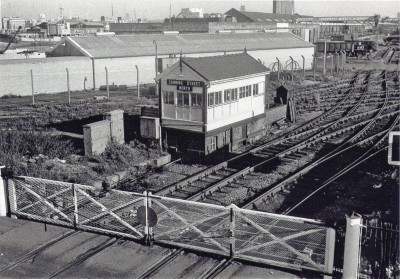 |
| Canning St Signal Box | |
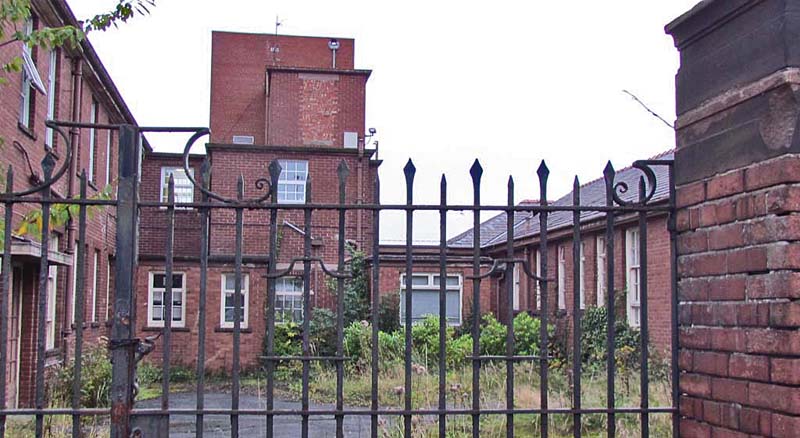 |
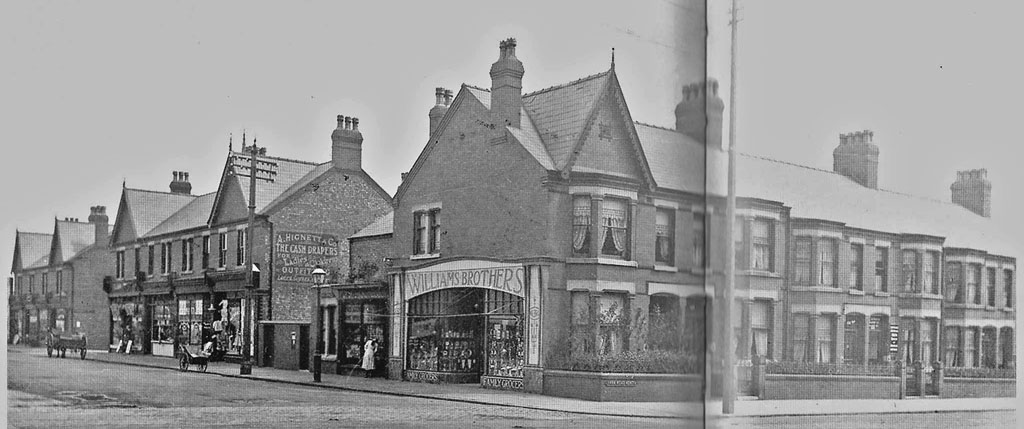 |
| Formerly Clatterbridge Maternity Section | Duke Street |
 Tongue in cheek notice in the Liverpool Lion dated 1847 |
|
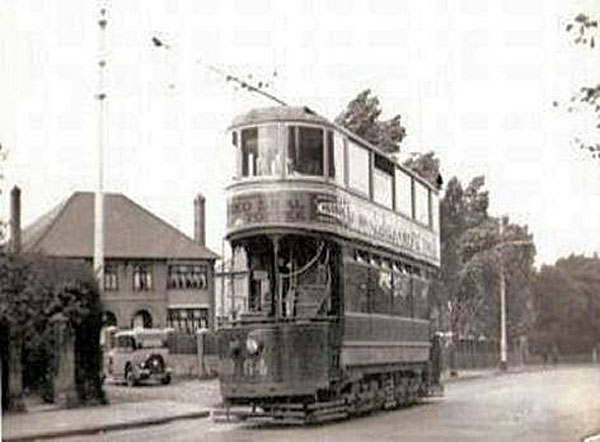 |
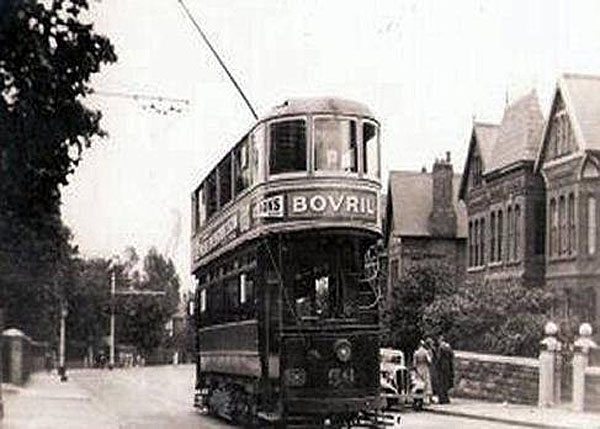 |
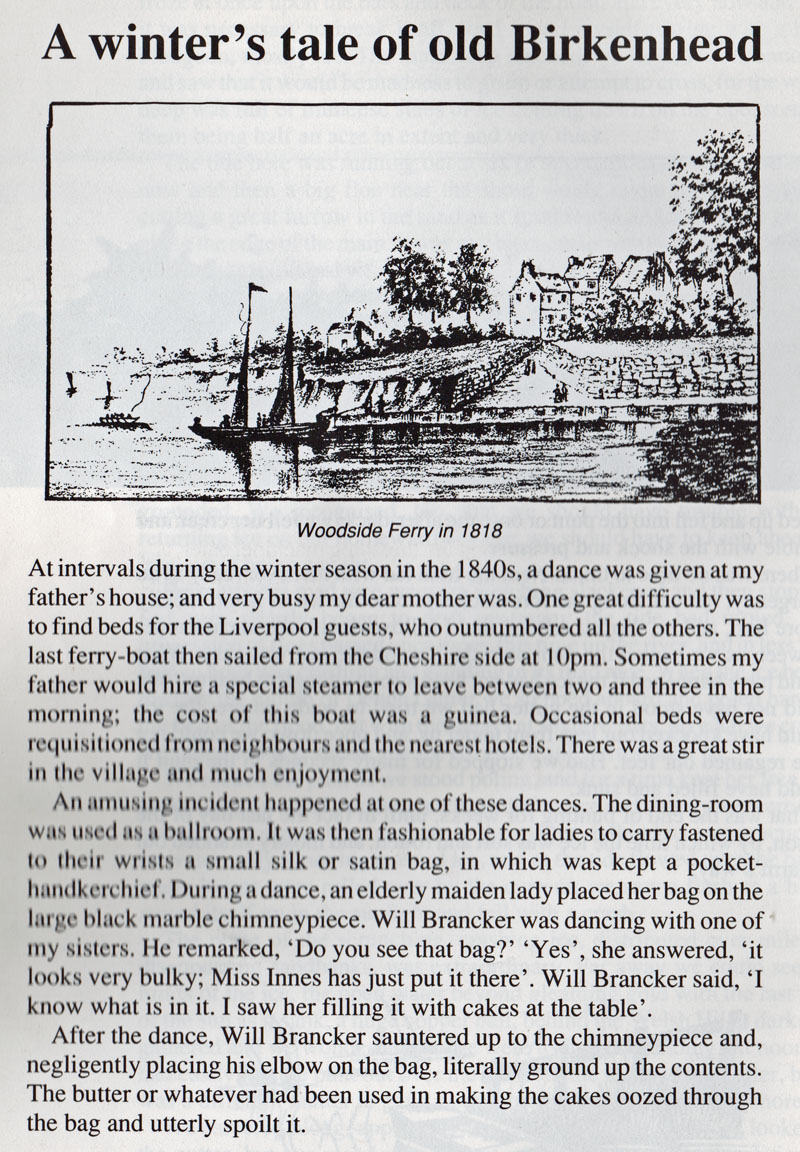 |
|
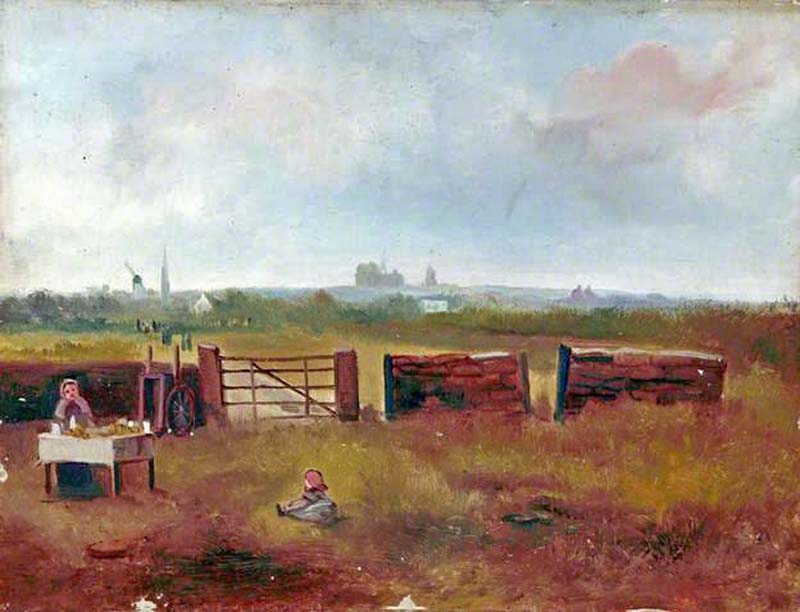 The view from Bidston Avenue in 1890 |
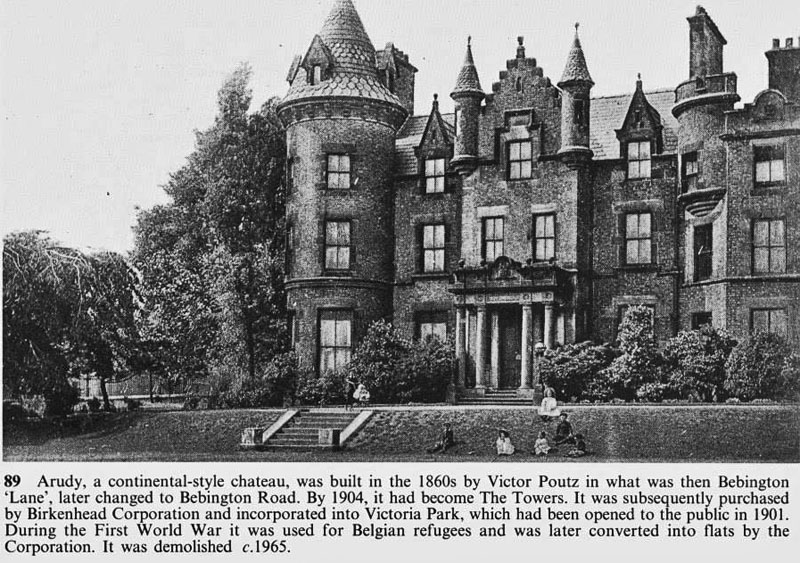 |
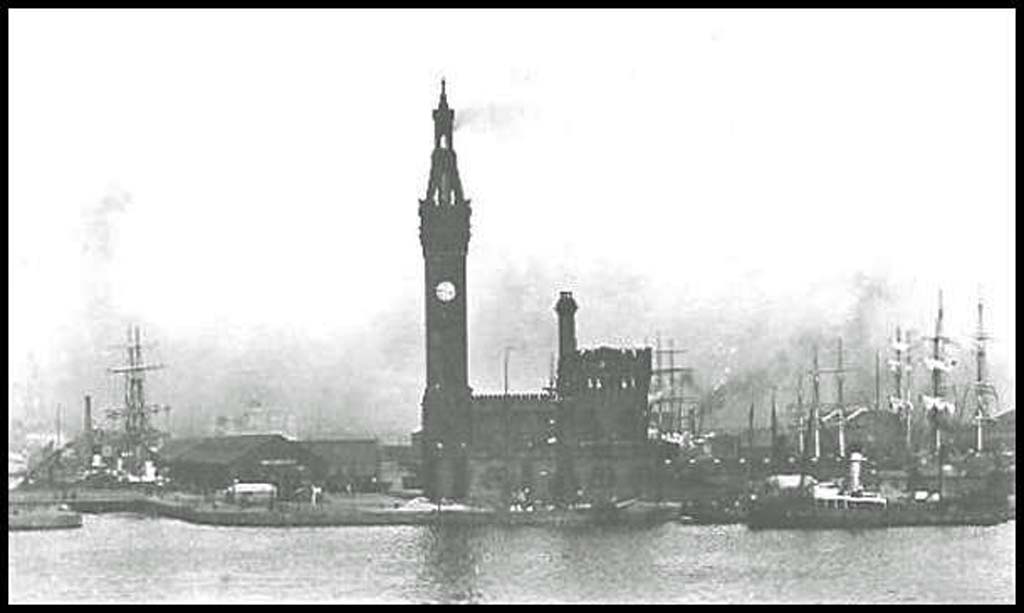 Hydraulic Tower 4 Bridges 1910 |
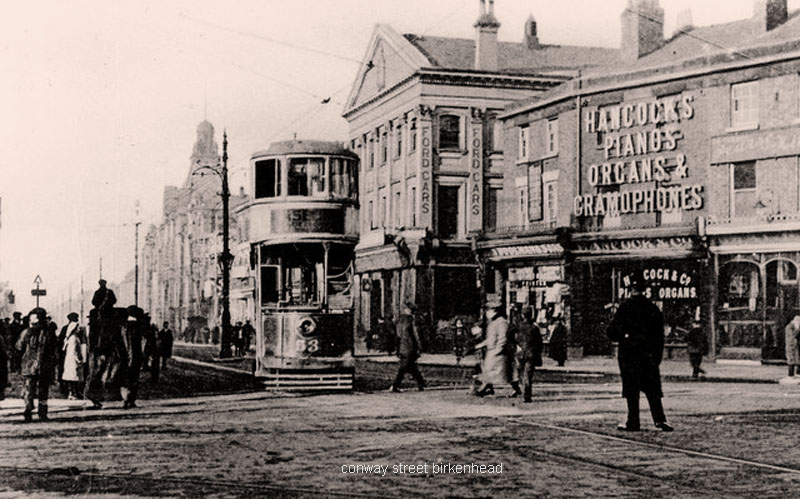 |
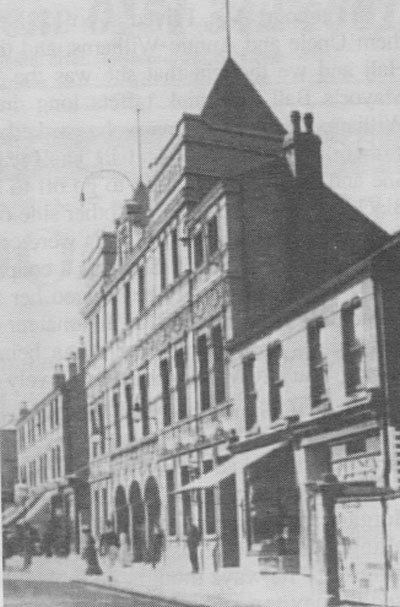 Embassy |
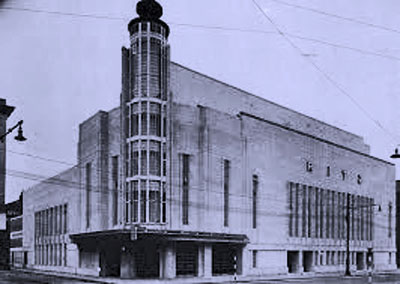 Essoldo when The Ritz |
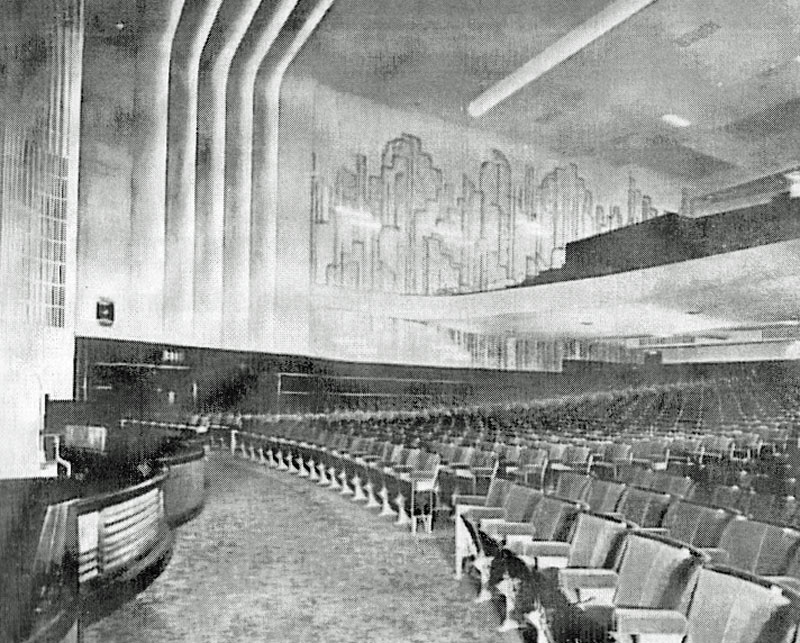 2800 seat interior of the Ritz |
|
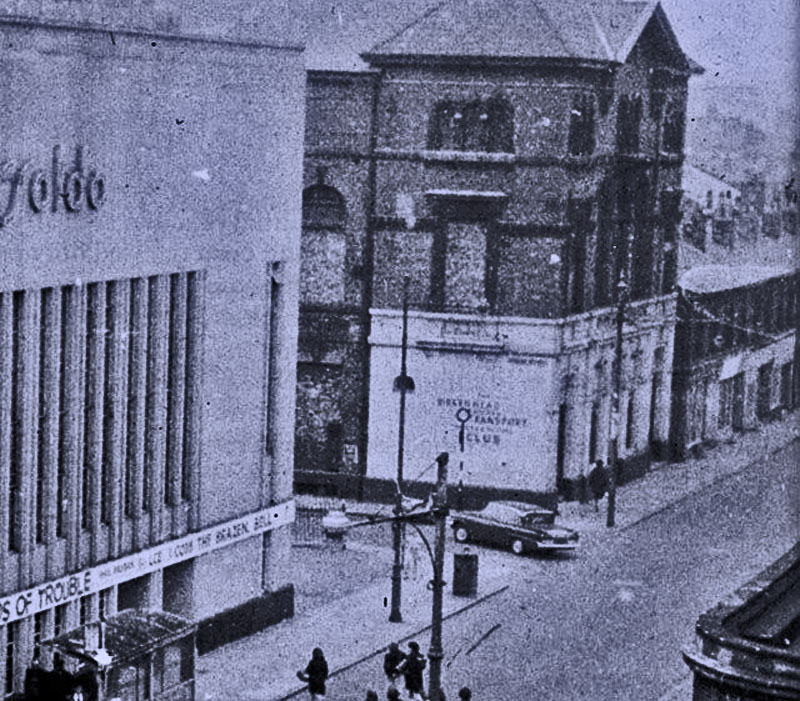 The Essoldo, the car is a Ford Classic |
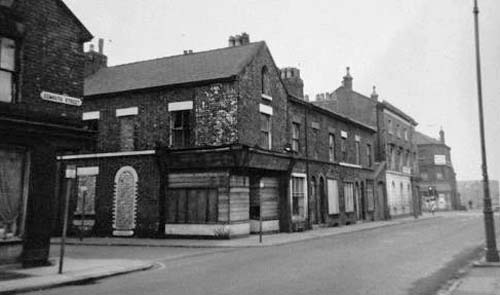 Exmouth Street |
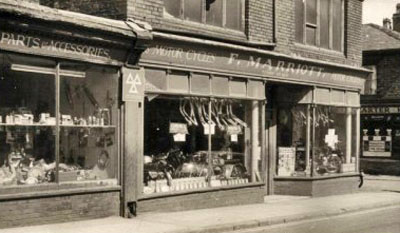 Marriott's Exmouth Street |
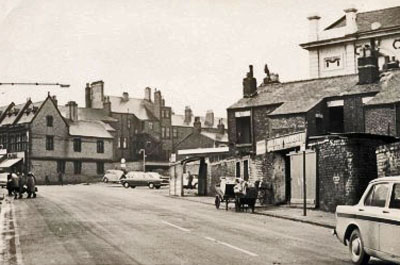 Exmouth Street |
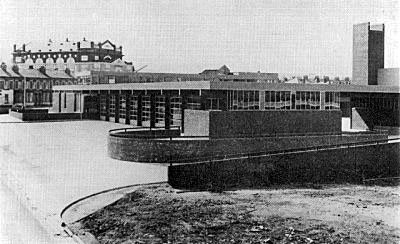 Exmouth Street |
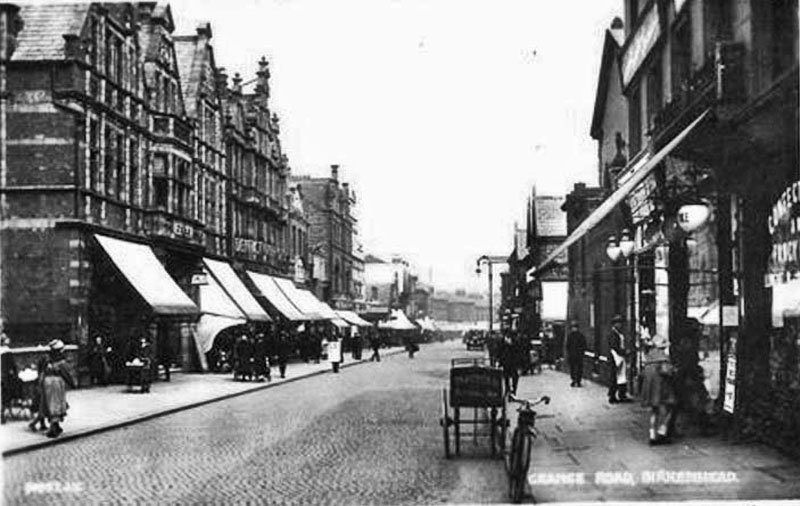 Grange Road |
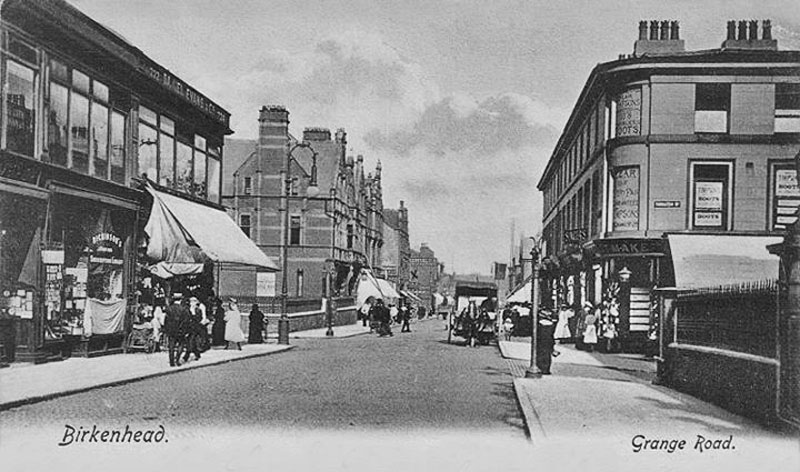 Grange Road |
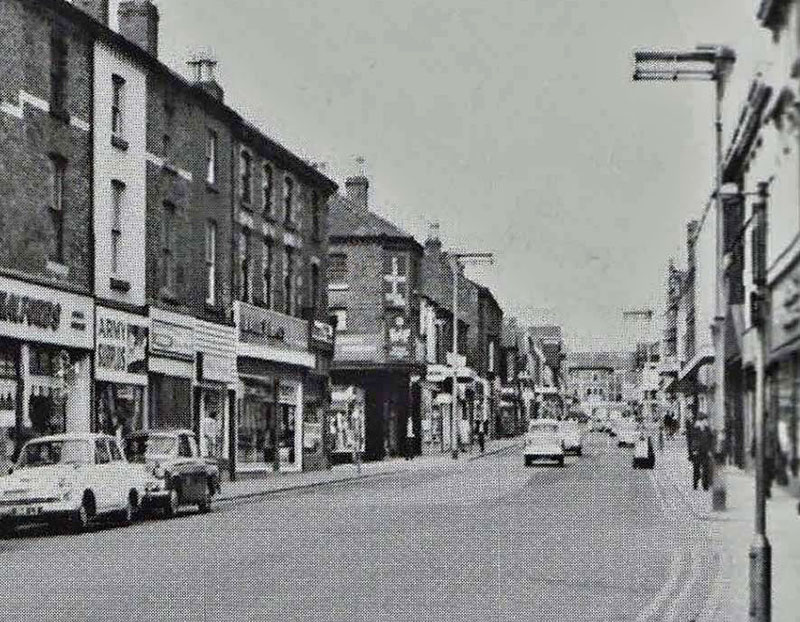 Grange Road |
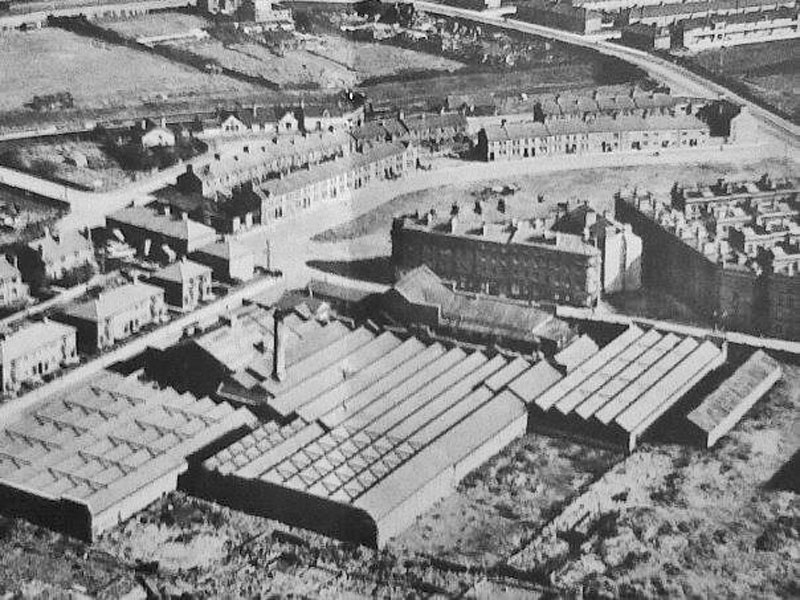 Birkenhead North End 1900's |
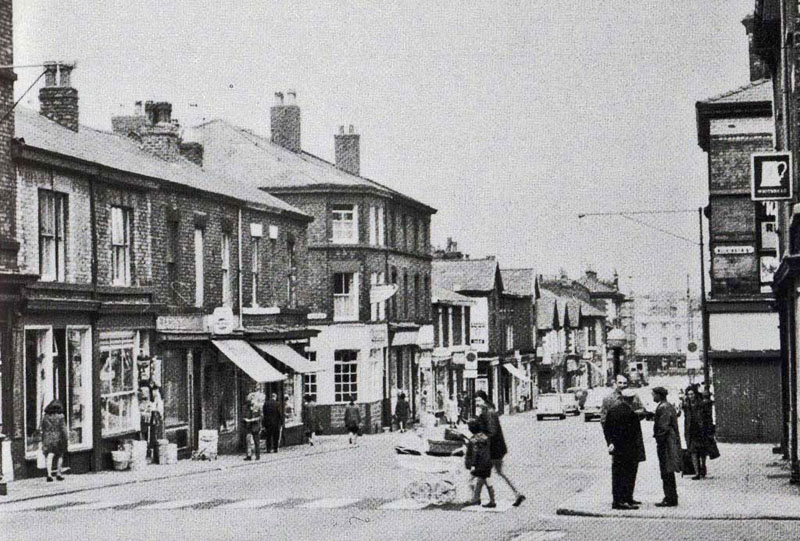 Oxton Road 1960s |
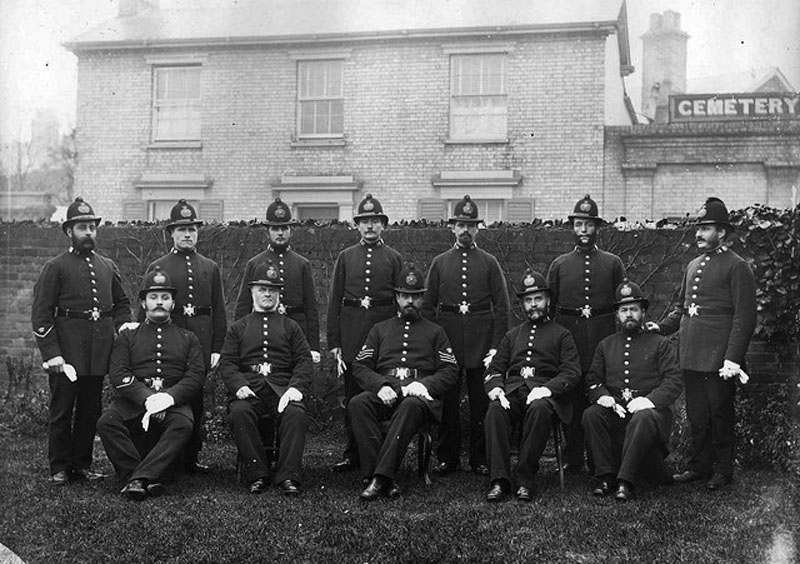 Bhead Police 1870 (These were also firemen) |
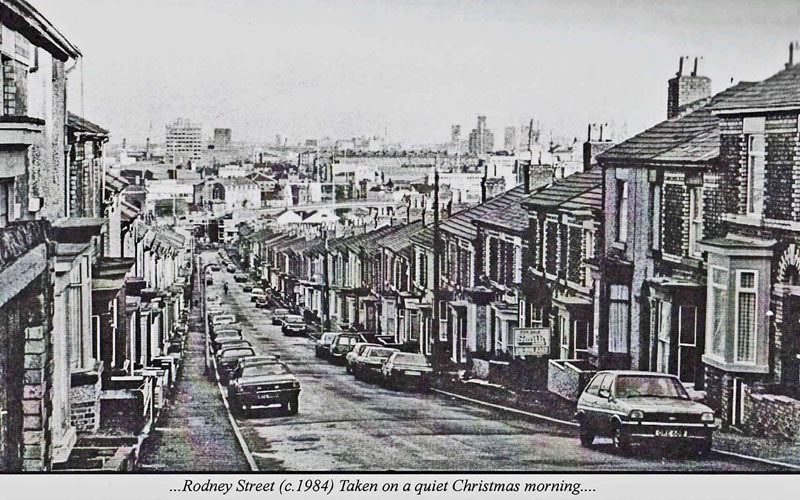 Rodney Street 1984 |
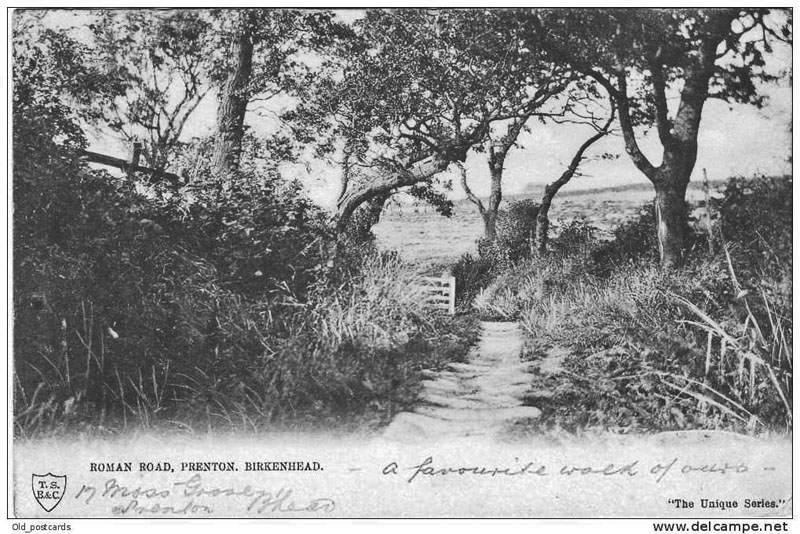 'Roman Road' Prenton (Neither Roman nor old) |
 Rolling Stones visit two young fans at Clatterbridge Hospital |
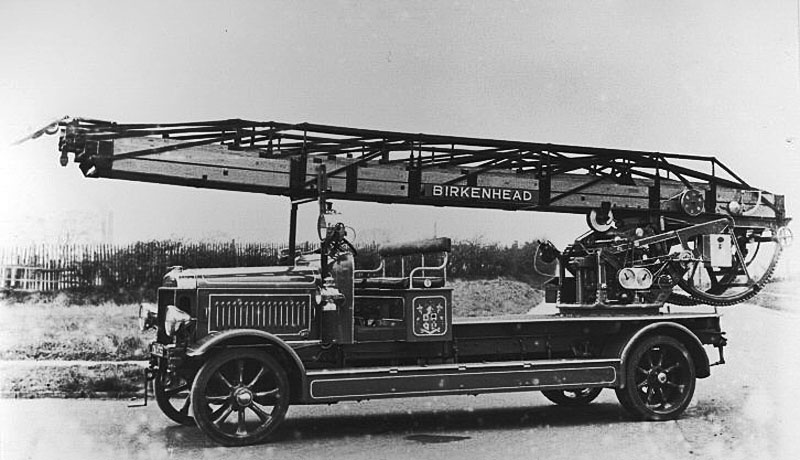 Bhead's first turntable fire engine |
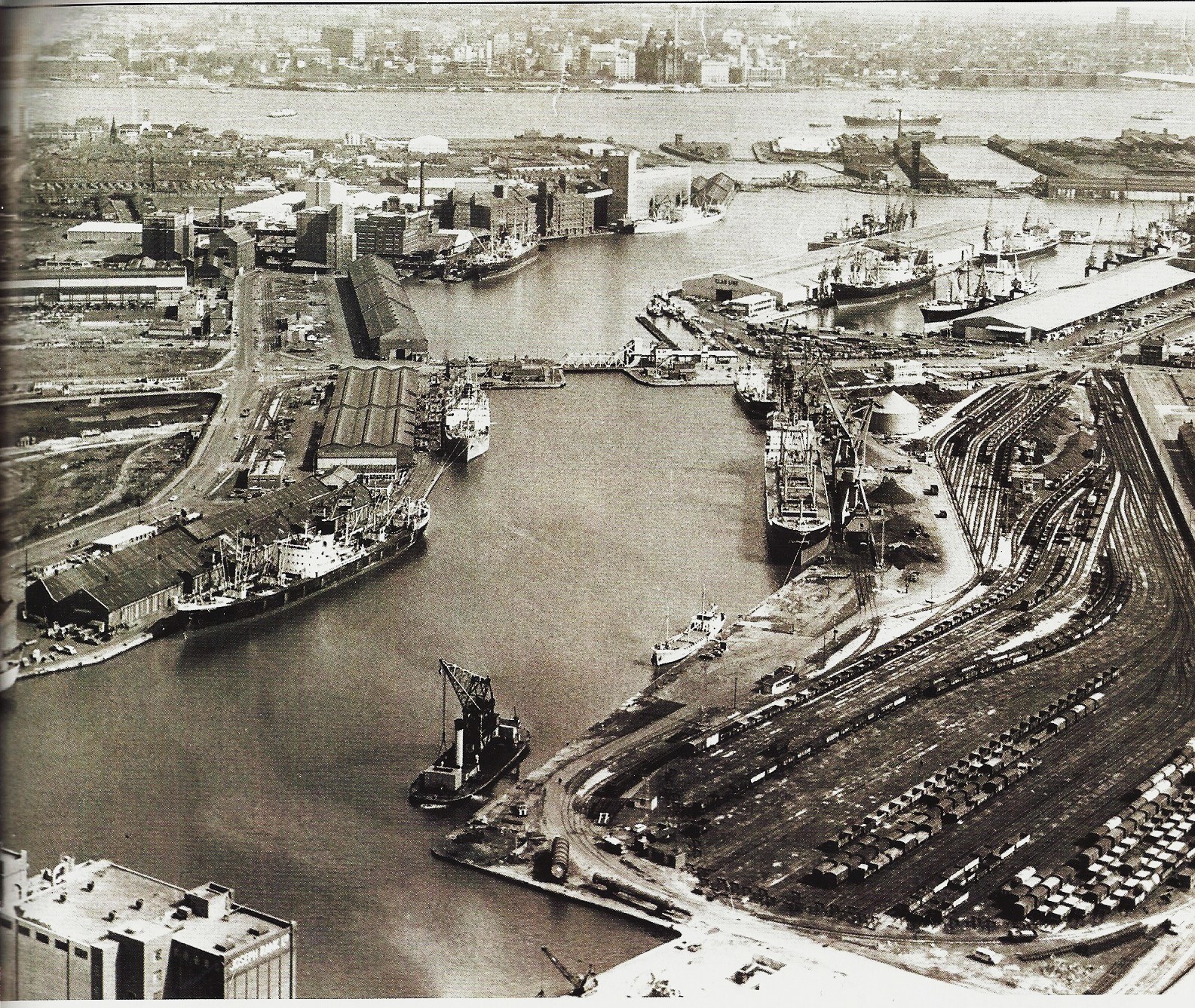 West Float 1973 (see also Docklands) |
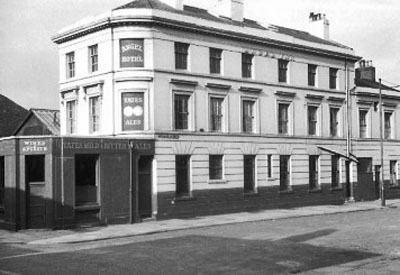 Angel Inn |
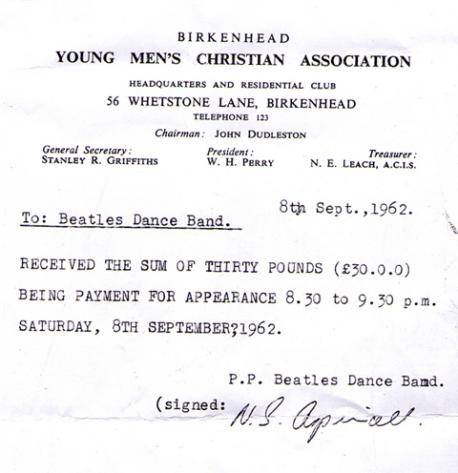 |
|
|
|
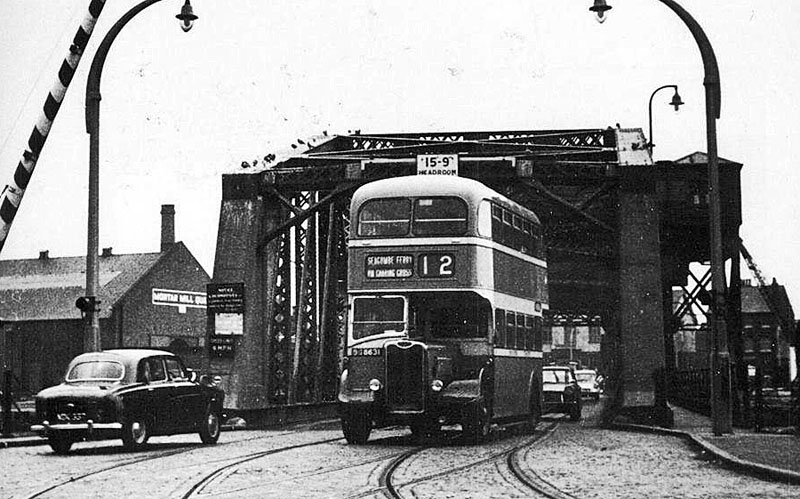 Duke St Bridge 1964 |
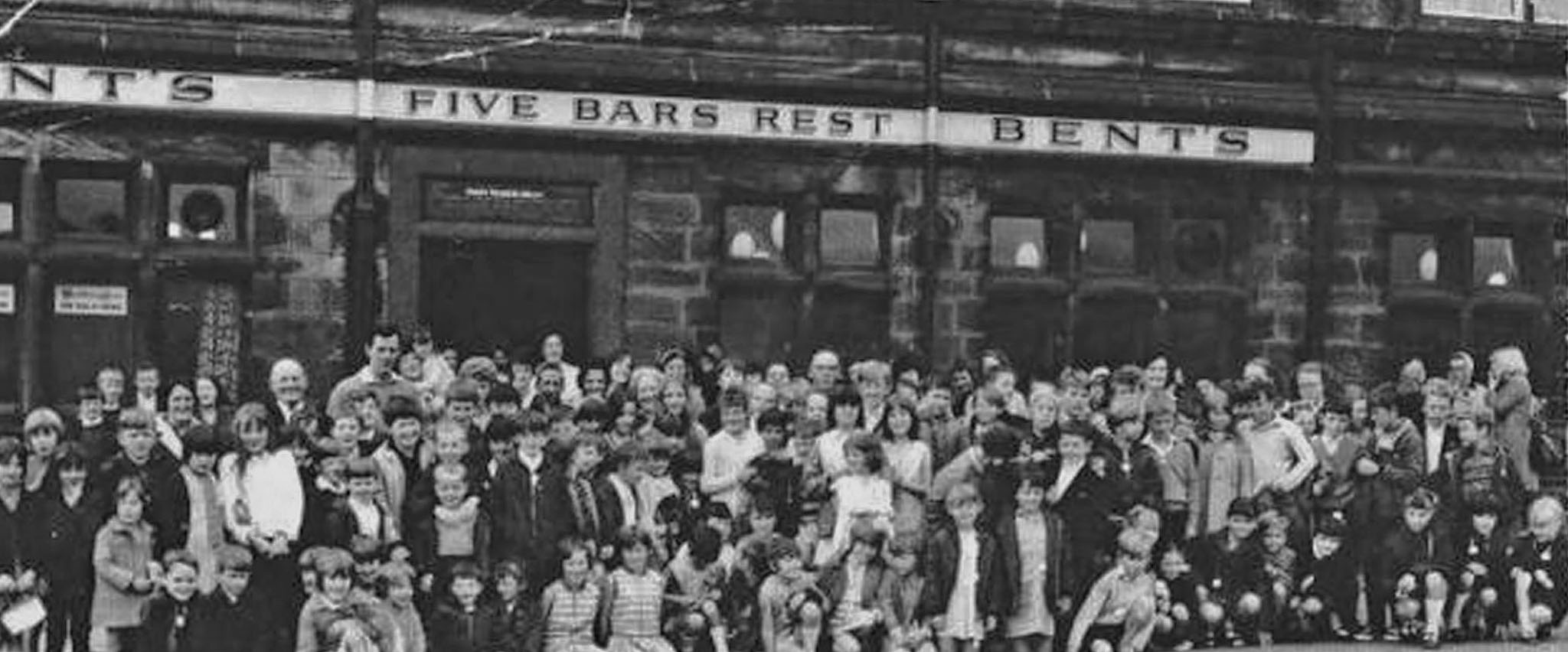 Childrens outing 1970's |
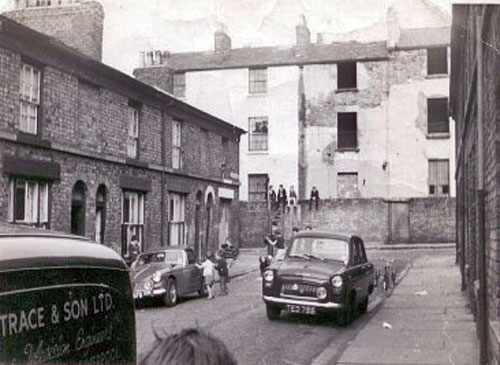 Lowther Street |
Bhead Market poss taken when first opened |
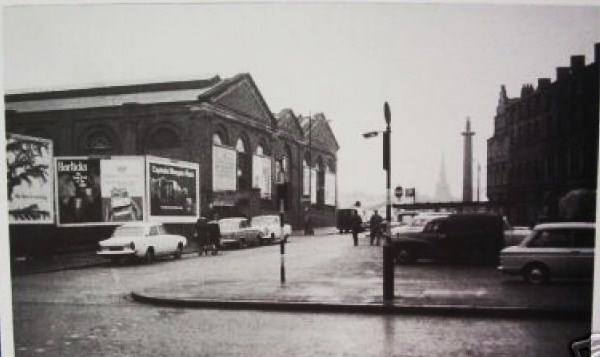 As I remember it - 1967 |
Sat night at The Market |
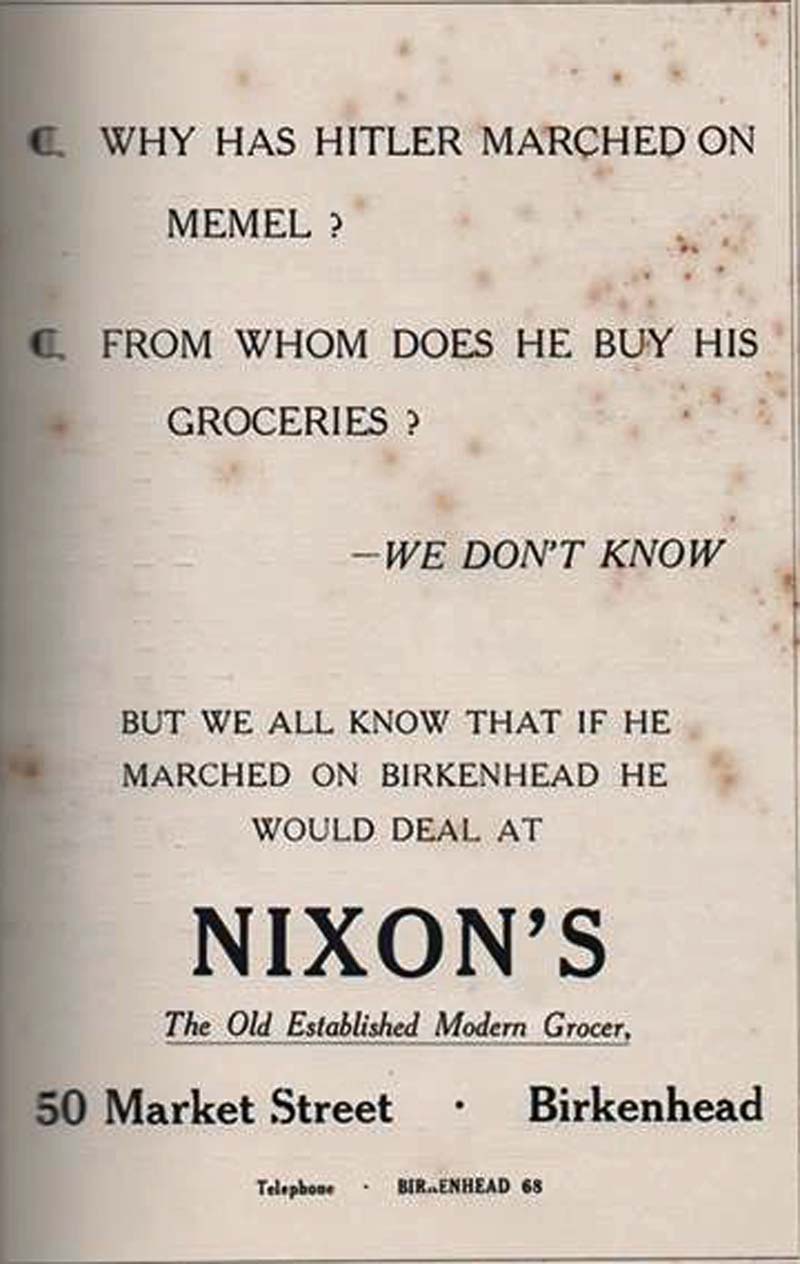 |
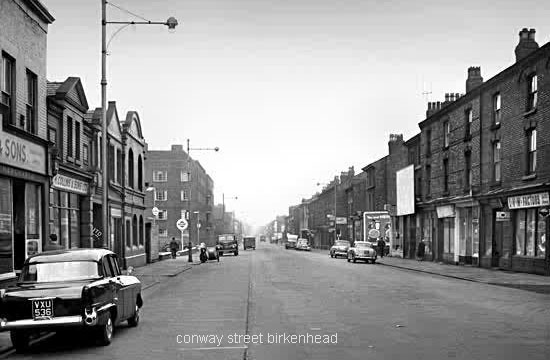 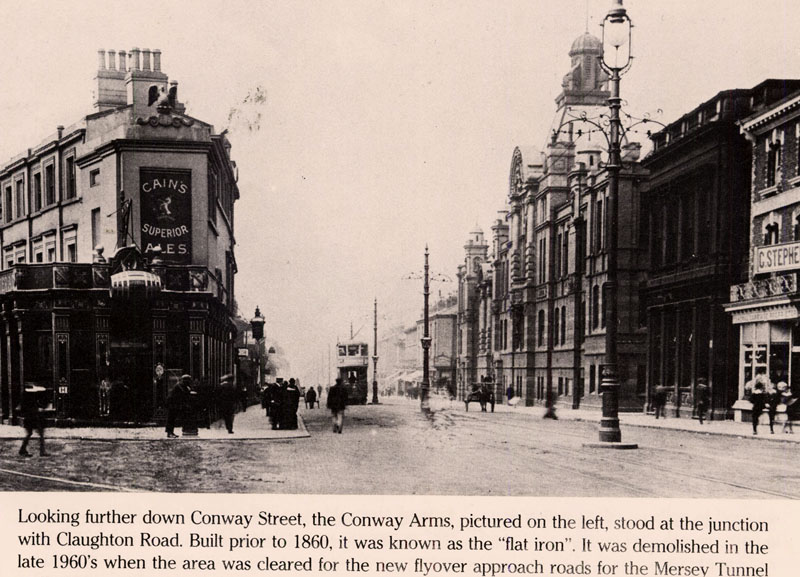 |
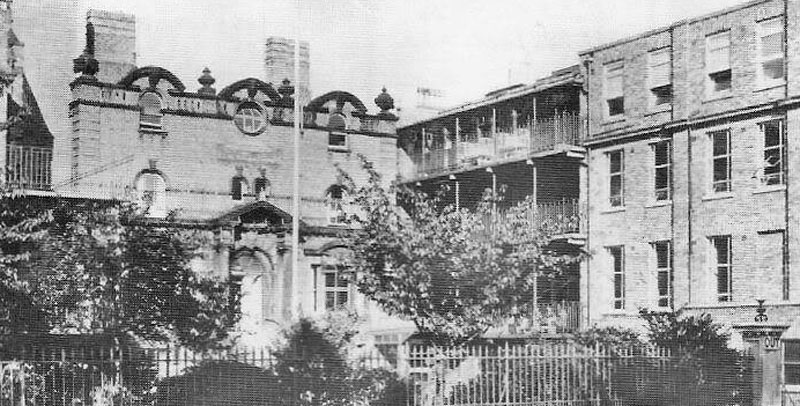 Birkenhead General 1950s |
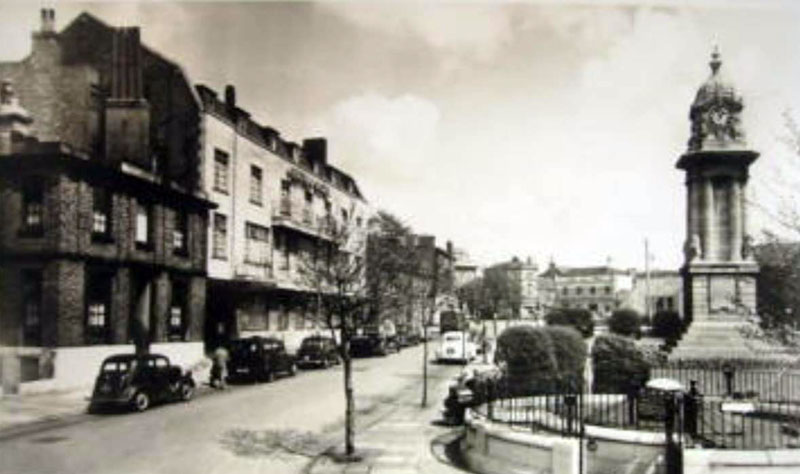 Clifton Crescent 1960s |
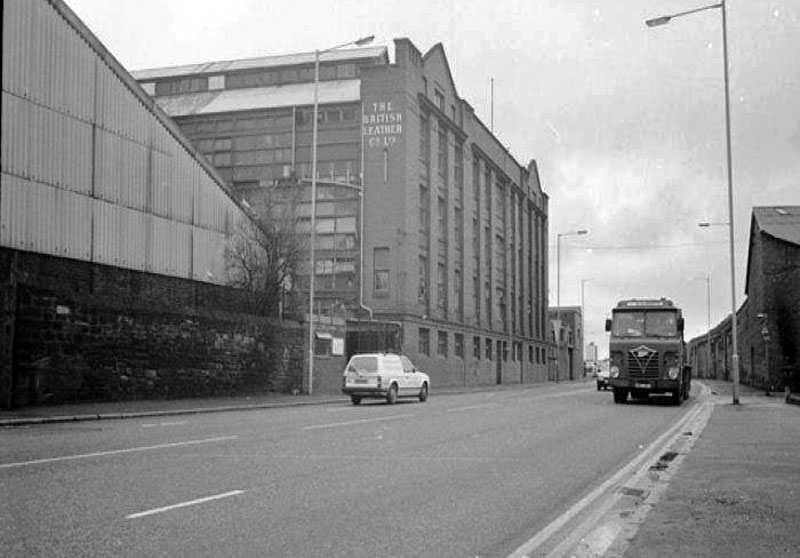 Tannery Chester Road |
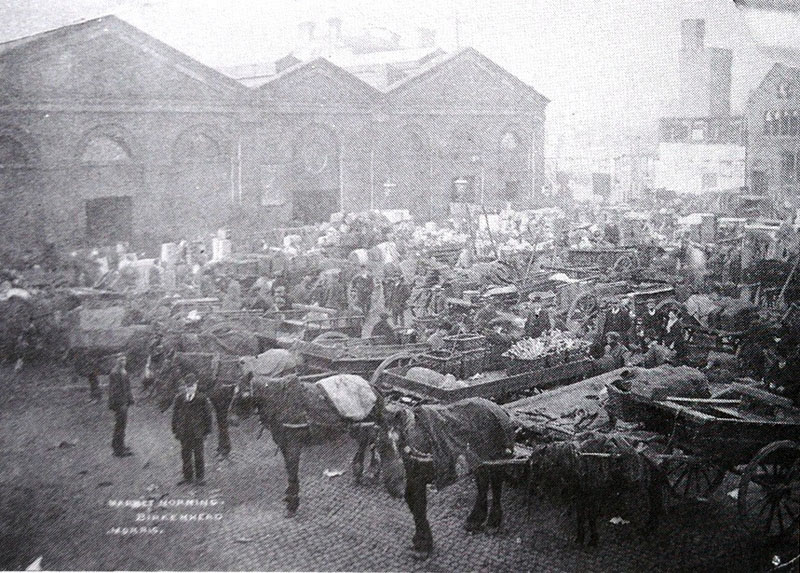 Veg Market |
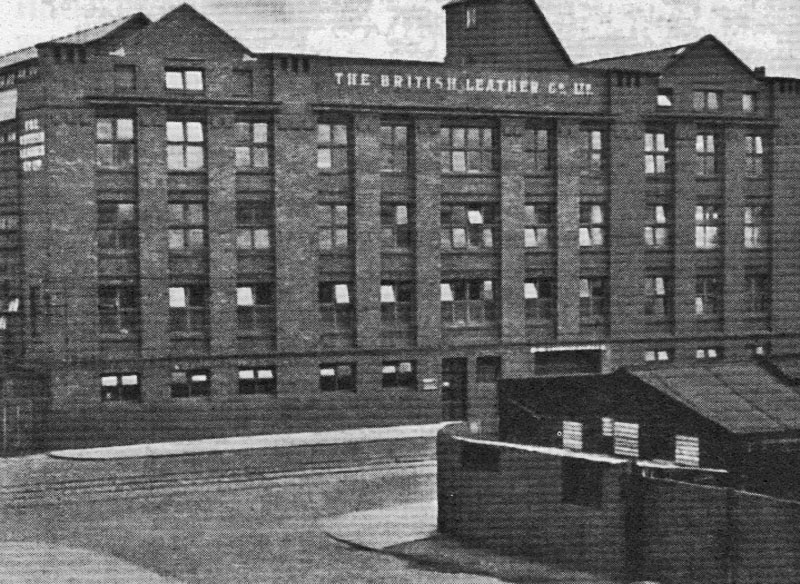 Tannery |
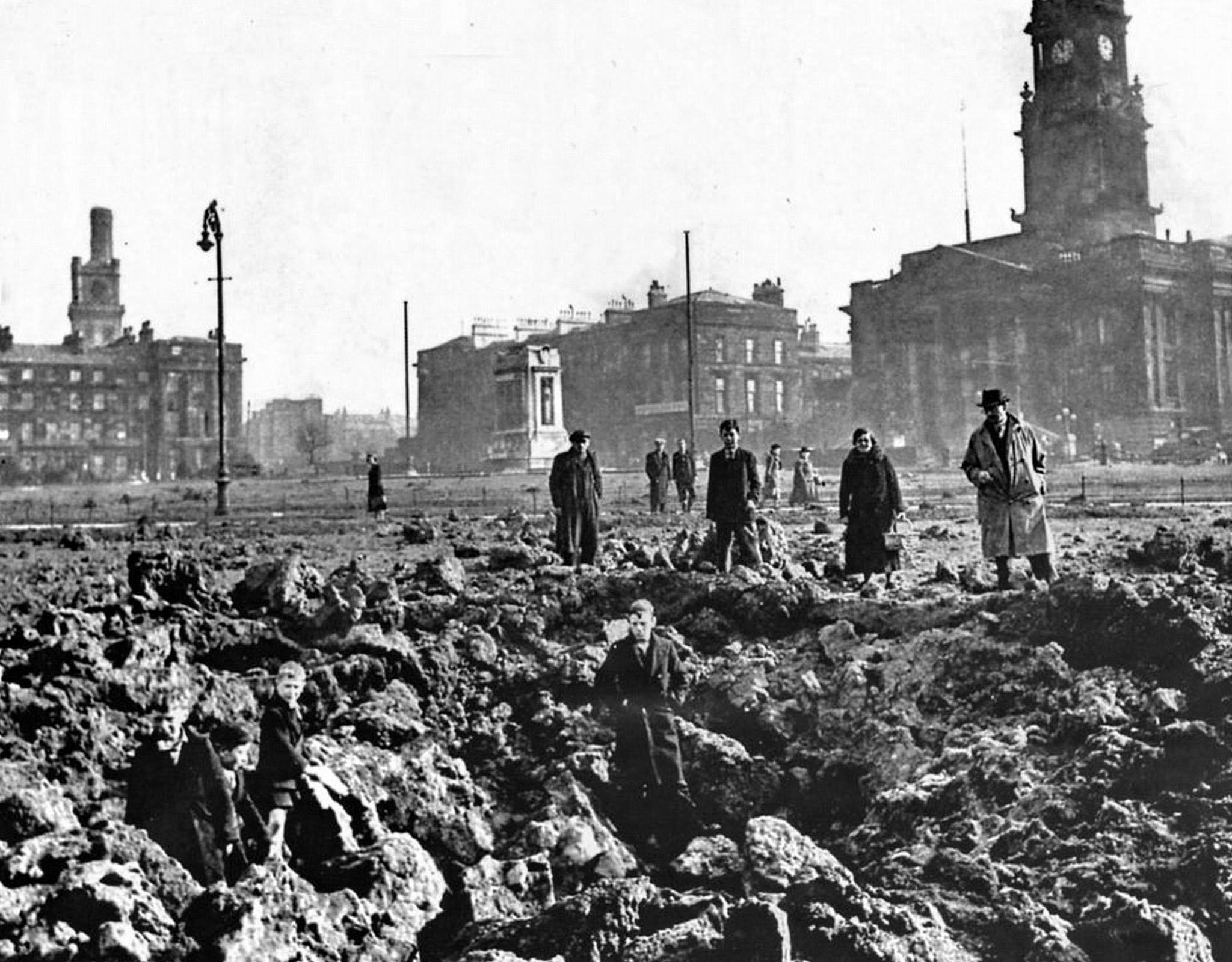 |
|
Email July 2014: I was looking through your site and it certainly
brought back many, many memories. I left Birkenhead in the mid-60’s for
Canada, where I still live. I was born at home in Park Street (between
Conway Street and The Market) in the late 40’s. pretty well all gone
now. Our house was on the entry directly next to St. Lawrence Catholic
School and opposite Alldises...who had a grave monument business on the
corner of Park Street and Conway Street, also gone now.In 1953, we moved
to Ash Rd. just above Borough Rd. and Balls Rd. I went to school at
Christchurch C of E, moving from Trinity Street opposite Birkenhead
Park.We are certainly lucky that someone like you has taken the time to
collate all this archival material.As boy I wandered all over Birkenhead
from the Docks up to Arrowe Park and The Arno. We loved going to Bidston
Hill, New Brighton and Moreton Shore. Many of these places I have found
through Internet scans, but have not found anything on the Flat Lanes.
(now a well established housing development). As a kid we would go down
there to look for “taddies”..tadpoles.. in the River Fender. I would be
really grateful if you could direct me to other sites of old Birkenhead,
but anything showing The Flat Lanes would be a treat. It was near The
Arno, but across from The Caernavon Pub. They also had a seasonal Fair there which was also a rare treat. Birkenhead, Mersey and Victoria
Parks were all regular hang outs for me and my old mates, Joey Brown,
Dave Powell, Ronnie Drury, Elmore Davies, Dave Llewellyn, John Goater.
John and Elmore I am still in contact with, the others not so
lucky.These friends I visited recently after a 30yr. absence. In some
ways things have changed little. In others, mainly the lack of jobs and
predictable crime it’s a massive difference from my innocent days
growing up there.My dad, Buddy Martin worked as a welder at Cammell
Lairds and worked on the Ark Royal. He also was a boxer’s manager who
knew Pat MacAteer, Wally Thom, Joe Bygraves , Randy and Dick Turpin and
other notable boxers of the day. Anyway Mike, I hope this gets to you.
and I do thank you for stirring up so may fond memories. Paul Martin |
Written by Tony
Franks-Buckley (italics) In the 1904/5 Report it referred to the previous cold winter and stated that almost before daylight little ones would make their way to the Mission to ask for something to eat before going to school, while others a little bolder would ask for a loaf to take home to mother, a request which was never refused. It was not only the children but also poor old men and women also would come and ask for just a drink of tea and a little bread. One poor old paralysed man in particular was so helpless that he had to be fed like a child. The children were not fed alone - they were clothed also, only that the clothes were given to those in the greatest need. Looking at the children who visited the hall, some of the children would have been well dressed whilst others would have been attired in motley garb and it would have been natural to assume that the poorest children were amongst the ill-clad section but that was not the case. The poorest children were usually the best attired because their clothing would have been given to them by Mr Thompson in consequence of their old garments refusing to hang together any longer. People would sometimes make a comment that pressure should have been put on the children's parents to properly feed and clothe their children, but the truth of the matter was that their parents were often in as pitiable plight as their children. They were either ill or out of work, poverty staring them in the face. There would be an empty cupboard and a fireless grate; the house would be nearly devoid of furniture, all available articles having been disposed of to the broker, and there would also be a daily or hourly anticipation of a visit from the landlord or bailiffs for arrears of rent. As long as Mr Thompson had a loaf of bread in the cupboard he never turned a deaf ear to an appeal for food made by the young or old. TFB. |
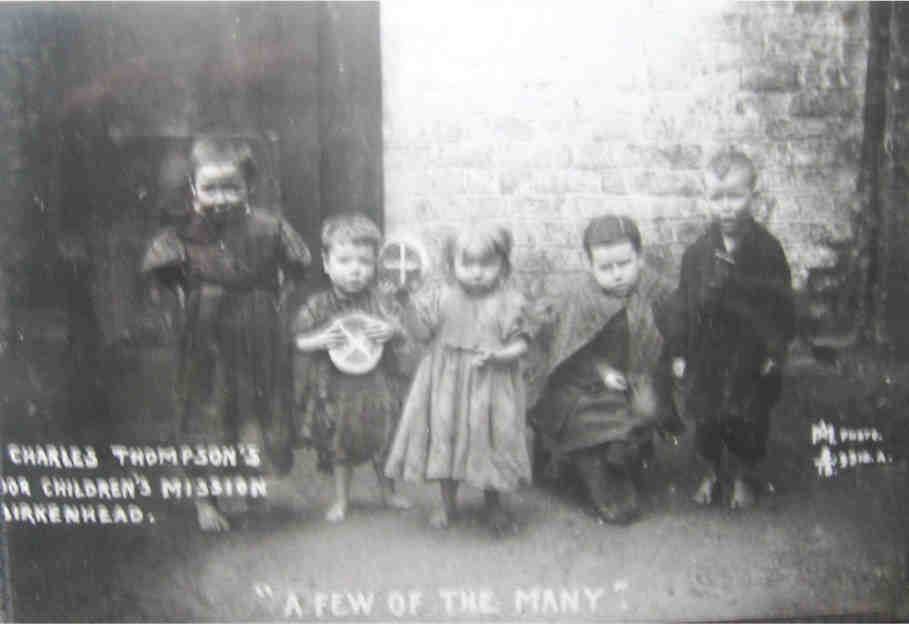 |
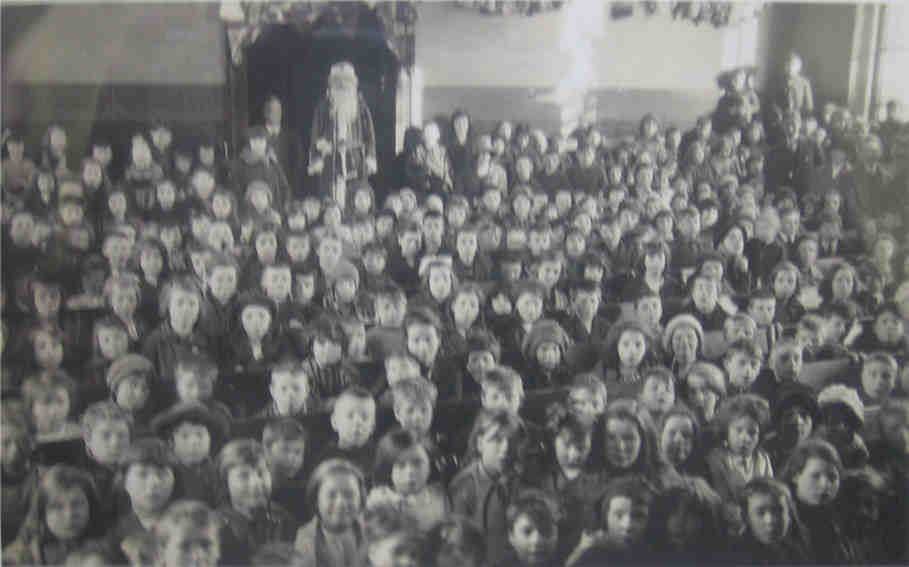 see also: https://www.facebook.com/HiddenWirralTours?fref=nf |
|
Special Occasions
at the Charles Thompson Mission (right) Christmas Day and New Year's Day were also occasions when a special meal was provided for the children. One year on New Year's Day 150 of the poorest children had a treat of a roast beef dinner and plum pudding thanks to the Charles Dickens Fellowship. On Christmas Day over 500 children, together with a number of poor women and unemployed men were provided with a good dinner of Hot-pot etc. There would be Christmas trees, which was especially appealing the little ones who never tired of looking at them and what was on them. One year, on the platform in front of the trees were arranged three large loaves weighing about 20lbs and stamped on the bread were the words "For Jesus' Sake," which had been given anonymously. For the girls on Christmas Day little dolls were given, these having been made from flour sacks, filled with sawdust and dressed in clothes from ladies groups. |
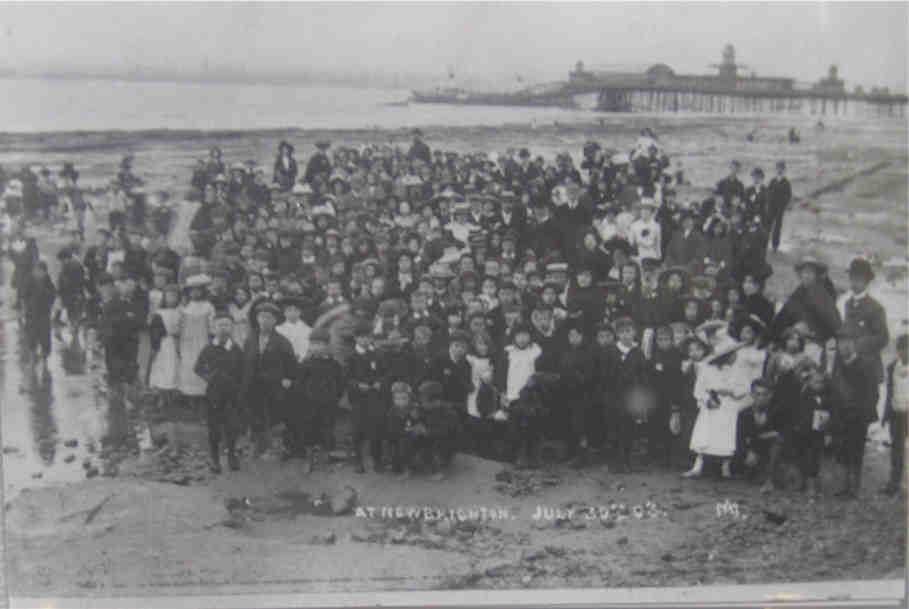 |
But for many people like Charles Thompson, Victorian England never did anything to help these poor people. It was a class society that was only for have's and not have not's. Little wonder that it was the breeding place for present day socialism which has also become the 'haves' and lost its way. See also workhouse. It would be nice to go back in time and, anonymously, help these children. Who amongst us, would not be here today, if they had not been helped back then? Image above right: Mission day out to New Brighton |
|
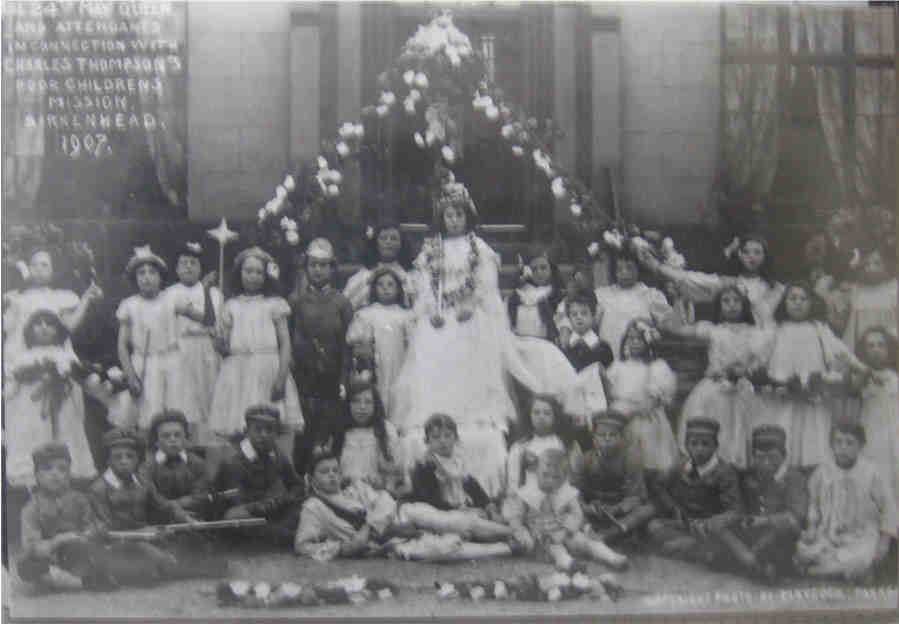 1907 |
An important part
of Birkenhead life in those days was the Charles Thompson May Queen
Festival held each year. The Queen was always selected from amongst the
best-conducted girls of the Mission. When the weather was fine the
people in Birkenhead turned out in their thousands to witness the 'Royal
Section' of the procession. All along the line of the route, spectators
would wait patiently
for hours to get a glimpse of the May Queen. The procession was
generally headed by the band of the 'Indefatigable,' the band being
carried in a wagonette drawn by three beautiful grey or white horses.
The Queen, attired in white satin was seated on a throne, surrounded by
her bodyguard consisting of poor little boys and girls. Dainty little
ladies-in-waiting were also in attendance on the Queen, dressed in their
many-coloured garments. After passing the Town Hall they would return to
the Mission Hall for the crowning ceremony which was usually carried out
by a well-known lady or gentleman, usually the Mayoress, with the Mayor
presiding. During the following week the Queen, attended by her retinue,
would generally pay a visit to the Hospital and the Workhouse. Speaking about the may Queen Festival in 1894, Councillor John Edwards made the remark that amongst the little boys and girls attending Charles Thompson's Mission there may be a future Mayor or Mayoress of Birkenhead. It was certainly the case though that many of these girls did very well in later life and became very respectable and accomplished women. |
|
Children without
footwear In the 1904/5 Report the Lady Superintendent, Charles' daughter Annie Thompson stated that during the previous cold winter that it had been distressing to see so many children coming to the Mission in their bare feet. They did the best that they could at the Mission by providing things like sawdust, in order to make the dining-room nice and warm, for any little bare feet. However one poor girl in particular, the eldest of a large family, was sobbing dreadfully one night, because it was the first time she had been without shoes and stockings, and found it difficult to cope with. When a kind friend heard of her trouble she bought her both new boots and stockings. Because of this great need Annie decided to make a very strong appeal for old boots and shoes, and there was a good response to the appeal, including the young scholars of St Michael's Higher Grade School who brought parcel after parcel of useful clothing to make warm the crowds of little destitute ones. |
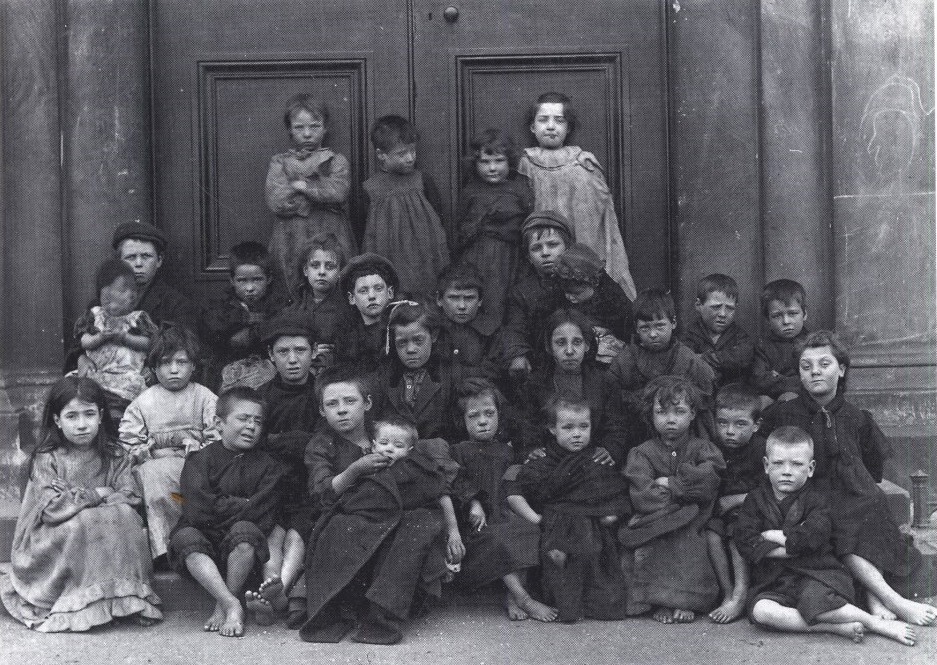 |
| Birkenhead News from June 29th 1932 showing the new cross for the top of St James Church, North End. | St James 1932 - Rev HL James - Fred Griffiths - Rev W Paige |
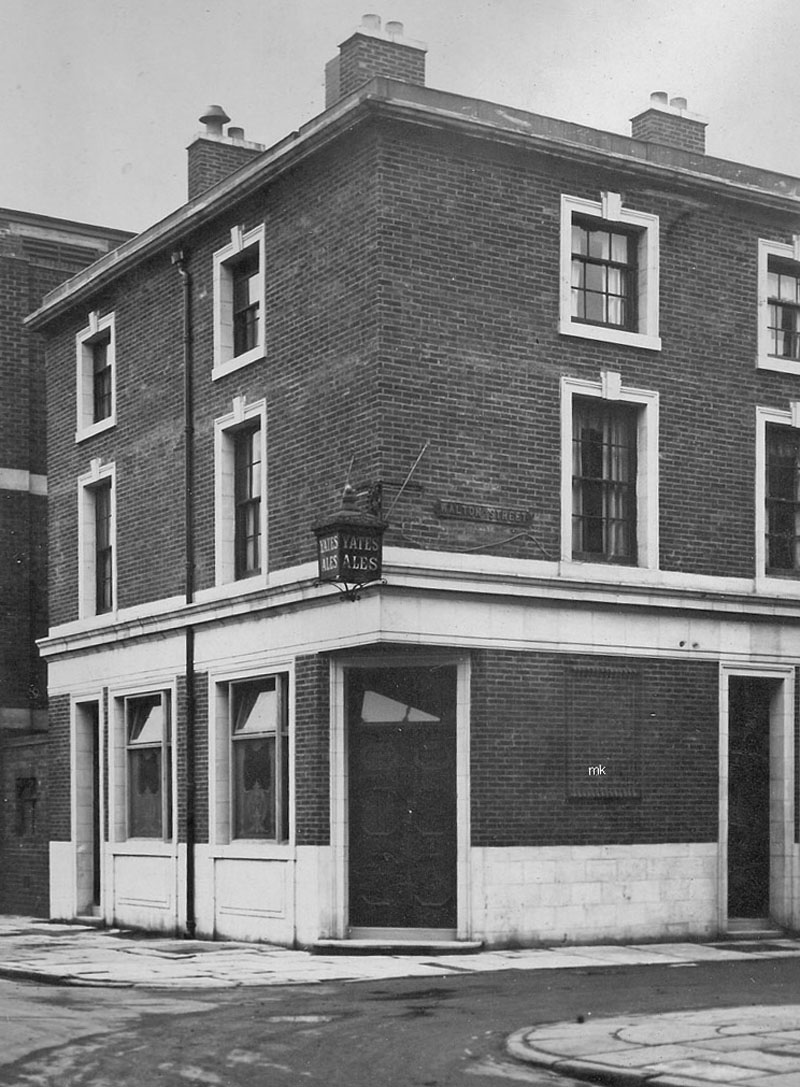 |
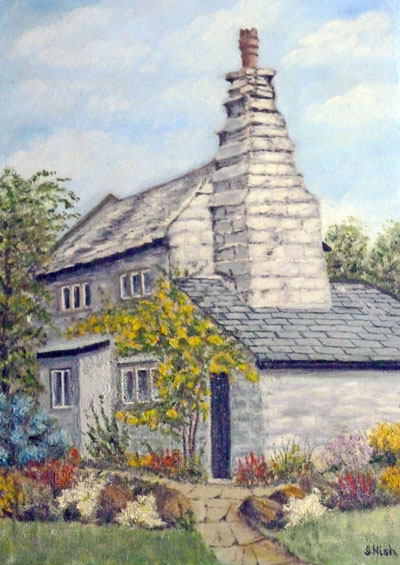 |
| Firemans Arms Walton Street | The Cottage Tollemache Road that Alan Perry grew up in. If anyone has any info on this please let me know |
| This is the house where I was brought up, The Cottage, 98 Tollemache Road, sometimes known as Toad Hole Cottage. It can be seen in Harold Hopps painting of Bidston Avenue before the road was developed. This is a slightly idealised painting by my great aunt Ivy Nish, nee Griffiths, who was brought up by my great grandparents James and Sarah Griffiths at 43 Upton Road, Claughton, and who lived in Boundary Road, Claughton. It is the oldest house in Birkenhead, having been built around 1625 (or maybe 1525) as a 1-up and 1-down sandstone cottage directly onto an outcrop of sandstone. It has been considerably altered in the last 40 years. Ivy took up painting when she was 80 in 1980, and lived until 90. - Alan Perry. | |
|
|
|
http://www.briangriffiths.co.uk/tng/showsource.php?sourceID=S6140&tree=BG_TREE